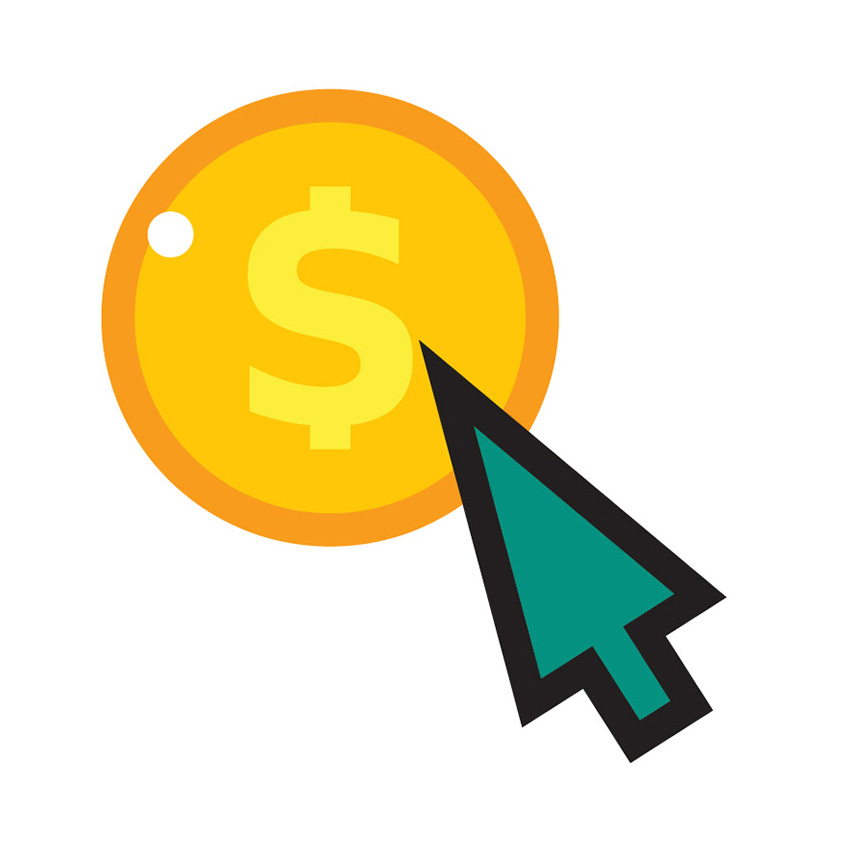If you have problems selling digital products of any kind – I’m talking ebooks, membership sites, videos, ecourses, plugins, apps and more – then I don’t have to tell you that there are a lot of pieces and parts you need to snap into place in order to enjoy a successful campaign.
AND if you get one of these pieces wrong, you’re going to be pretty disappointed to have poured a lot time and money into something that’s not selling.
So, let’s make sure this doesn’t happen to you.
What we’re going to talk about in this article are the major issues with selling digital products, and how to fix them so you can start enjoying great results.
These problems selling digital products include:

Are You Trying To Sell A Product No One Wants?
This is a pretty common scenario… You get an awesome idea for a product. You pour your heart and soul into it. You spend many a late night surrounded by pizza boxes and empty Coke cans, working like heck to get your product to market.
The launch day arrives. You’re PUMPED. You hate to admit, but you’ve been day dreaming about having a big launch.
You’ve imagined the sales pouring in like crazy and your customer list growing by leaps and bounds.
You launch. The traffic is pouring into the sales page.
But then…
Nothing. Zero. Zilch. Big nada. Crickets chirping. Virtual tumbleweeds blowing across your empty inbox and PayPal account.
No sales. Maybe even plenty of traffic, but no sales.
Tell you what, it happens more often than you think. And usually the problem can be narrowed down to one of two causes...
These causes that create problems selling digital products include:
- No one wants the product.
- The sales copy stinks.
So what do you do when you encounter these two issues that result in low sales?
Well, let's go over each issue...

Who Want Your Product?
The first issue is that no one wants the product. This isn’t something you think about on launch day. Instead, this is something you need to think about before you even write one word or create one piece of code for your digital product.
You need to do your market research.
Essentially, what you’re doing is seeing if there is a demand for your product. And one of the best ways to do this is by seeing what your market is already buying. If they have a history of purchasing a certain type of product, you can bet they’ll line up to buy your product too.
If you’re an experienced veteran marketer, then of course you can find new solutions to existing problems. You can exploit gaps in your niche. But if you’re new to business and marketing, then you’ll want to use the method below, as it’s the best way to create products your market will almost certainly buy.
How do you find out what your market is buying?
Check out these simple ideas to do your research:
The point is, find out what your market is already buying… and then create something a little better. (I.E., “Build a better mousetrap.”) This seems simple but it really works.
You can bet your prospects will snap up your in-demand product if it’s better than the similar solutions on the marketplace!
If you are truly interested in learning how to do market research and are ready to start profiting rapidly...
You'll want to check out our coaching program that teaches you to implement the four components of the Make M.O.R.E. Money formula, which includes:
M – Market Reach
O – Order Percentage
R – Range of Profit
E – Extra Purchases
Check it out here>>
https://promotelabs.com/mm/
Now the second issue that can result in low sales is that your sales copy stinks.

Does The Sales Copy Stink?
You can have the best product in the world – but if your sales copy doesn’t do a good job of telling people what an awesome product you’re offering, then you’re going to have pretty dismal sales numbers.
Even if you did your research and you have the product that everyone should want, that is so much better than the competition... No one will find out if you cannot grab their attention!
The solution to problems selling digital products with better copy is twofold:
If you want to learn more about copywriting... Check out our post (opens in a new tab) "Eight Tips To Effective Copywriting"
Now let’s look at more problems selling digital products…

Is The Competition Cutting Into The Profits?
When you find a product idea with a lot of demand, you’re bound to find something else too – a lot of competition.
Plenty of other people in your niche are going to recognize a good thing when they see it, and that means a lot of competition.
But don’t fear competition. Instead, embrace it. Rise above it.
How?
What you need to do is carve out a little piece of your market for yourself. This step is twofold:
- Focus on a niche.
- Design an USP.
Let’s look at these two separately…

Focus on a Niche
Many product creators make the mistake of trying to cater to large markets, because they figure large markets mean more profits. But in fact, you’ll often find that appealing to a narrow subset of the market produces more profits than trying to appeal to “everyone.” This is one of the most misunderstood problems selling digital products, let me explain.
For example, imagine there’s a woman over 40 who wants to lose weight. She sees countless dieting guides for the general market. But then she spots this one: “The Quick and Easy Way for Women Over 40 To Lose Weight.”
Which do you think she is going to buy – one of the general diet guides that was probably created by a 20-year-old male with a super-fast metabolism, or the dieting guide that's tailored to middle-age women and their unique challenges?
That’s right, she’s going to choose the one that’s tailored for women just like her. And so the seller is going to attract more customers by virtue of having a laser targeted offer.
Likewise, you’ll attract more sales by focusing in on a subset of your overall market. That’s why you’ll want to do your market research to determine which subset to focus on to generate the most profits.
Naturally, you can laser-target multiple niches. Let’s suppose you’re selling the diet guide for women over 40. With just a few tweaks to the content and the sales letter, you can retarget the product for women in their 20s and 30s who are looking to lean out before their wedding.

Design an USP
Now even though you’re focusing on a subset of the market, you’re still going to have competition. And that means you need to stand out from this competition. You need to give your prospects a good reason to buy from you rather than from your competitors.
The solution? You need to craft an unique selling proposition (USP). This is the succinct statement that lets prospects know how your products and business are different (and better) than the competitors’ offerings in your niche.
Here’s a real-life example: American car manufacturer Chevrolet used the tagline, “The heartbeat of America.” The idea was to stir up a bit of American pride at a time when foreign car manufacturers such as Honda and Toyota were quickly gaining market share. Basically, the USP suggested that people should buy Chevy because it’s born and bred in America.
Another example: shipping company FedEx used the USP and tagline, “When it absolutely, positively has to be there overnight.” This USP gave FedEx the opportunity to increase market share, because it promises quick and reliable delivery – a key selling point to business customers who needed fast shipping to compete in their marketplaces.
Now if you want to start setting yourself apart from the competition and grabbing a bigger market share, you too need to develop a USP.
This requires the following steps:
These wants and needs may include:
… or they may be something entirely different. Your market research will help you better understand what your market wants.
Consider these real USPs and how they share the information in a very brief statement:
“Fly the friendly skies.”
“Pizza delivered in 30 minutes or it’s free.”
“Mountain grown coffee.”
“I’m loving it.”
“We drive excitement.”
“No more medicine mouth.”
Now it’s your turn – do some brainstorming and research to uncover the best USP for you, and then test it with your audience. USP-development takes time to do it right, but it’s well worth the effort in the long run as you’ll gain a bigger market share.
If you’re looking for more of the best marketing and success strategies, insights, ideas and tactics to start getting better and more profitable results for your business, then PromoteLabs coaching programs are exactly what you need.
Check them out today here>> https://promotelabs.com/coaching/




